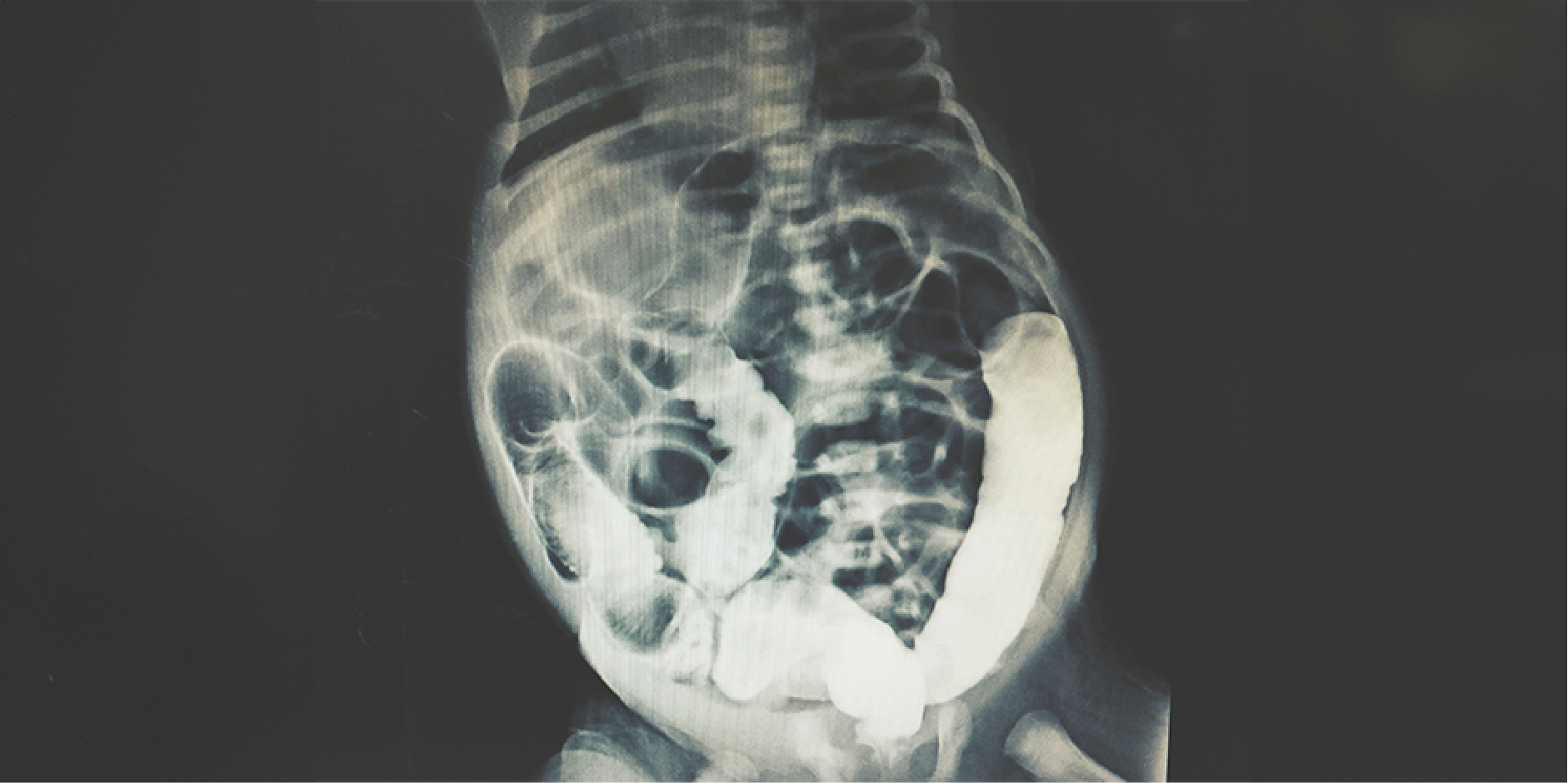Content on this page:
Content on this page:
Laboratory Tests and Ancillaries
It is generally not
necessary to have laboratory studies unless an organic disease is suspected
from history and PE and the child is unresponsive to adequate treatment. Fecal
occult blood tests may be done in infants and children with constipation who
have diarrhea, abdominal pain, failure to thrive, or history of colorectal
cancer or polyps. Organic, metabolic, and endocrine diseases can be confirmed
by performing thyroid-stimulating hormone (TSH), calcium and lead levels,
celiac disease antibodies, and a sweat test.
Anorectal Manometry
(ARM)
Anorectal manometry directly
measures the sensorimotor function (eg resting pressure, inhibitory reflex,
squeeze pressure) of the anus and rectum. It is indicated for patients
suspected of Hirschsprung disease, rectal outlet obstruction, and patients with
history of surgery for Hirschsprung disease or imperforate anus.
Colonic Manometry
Colonic manometry
measures intraluminal pressure throughout the length of the colon to identify
motility deficits and dysfunction using a catheter inserted endoscopically or
via fluoroscopic guidance. It may be used for children with intractable
constipation considering surgical interventions.
Rectal Biopsy
In rectal biopsy, a small sample of a full-thickness biopsy is taken 3
cm above the anal verge. It is the definitive means of diagnosing Hirschsprung
disease. The presence of hypertrophied nerves on microscopy establishes the
diagnosis of Hirschsprung disease. It is not indicated when clinical and
imaging findings are suggestive of functional constipation.
Imaging
Abdominal
Radiography
Abdominal
radiography may be used for assessing fecal impaction in children with
inconclusive medical history and PE. It shows the amount of stool present. It
is useful in obese children and those who cannot have a DRE done. However, it
has a limited value in clinically assessing constipation due to poor
correlation between radiological and clinical diagnosis.
Barium Enema
In barium enema, a
contrast dye (barium) coats the lining of the bowel for clear visualization on
an X-ray. It is useful in diagnosing Hirschsprung’s disease by demonstrating
the transition zone (change in the diameter of the colon from the narrow
aganglionic segment to a dilated ganglionic segment). It also helps evaluate
motility of the colon (slow motility in megasigmoid and impacted stool).
However, it is less reliable during the first months of life due to
insufficient dilation of the proximal colon for the transition zone to be
demonstrable.
 Constipation in Children_Diagnostics
Constipation in Children_DiagnosticsColon Transit Time (Radiopaque Markers) Studies
Colon transit time studies involve swallowing a capsule containing radiopaque markers followed by serial X-rays taken over several days. Most markers are removed by the fifth day and delayed removal indicates slow motility of the colon. It is useful in children with chronic difficult-to-control constipation and in children with bowel movements that are infrequent and have negative signs of constipation.
Other Tests
Magnetic resonance imaging (MRI) of the lumbosacral spine can identify intraspinal problems like sacral agenesis, tumors, or a tethered cord. Additionally, flexible sigmoidoscopy and colonoscopy can demonstrate colonic structural problems like fissures, tumors, or strictures. Further studies are needed to prove the use of wireless motility capsule and barostat in the assessment of pediatric constipation.
